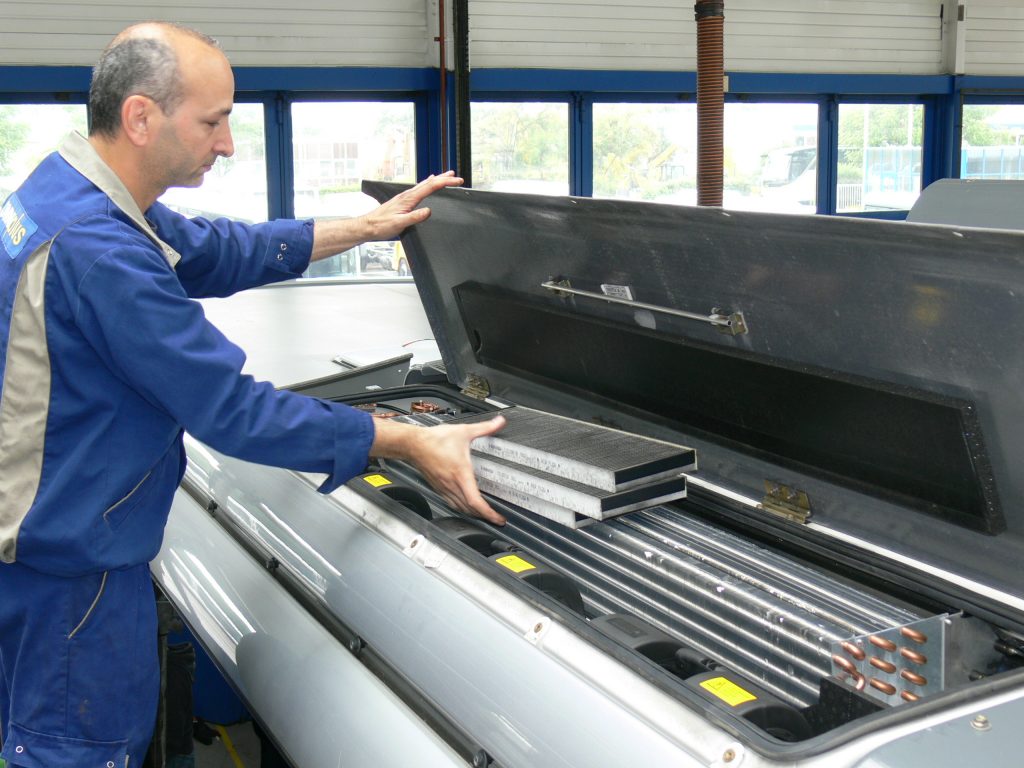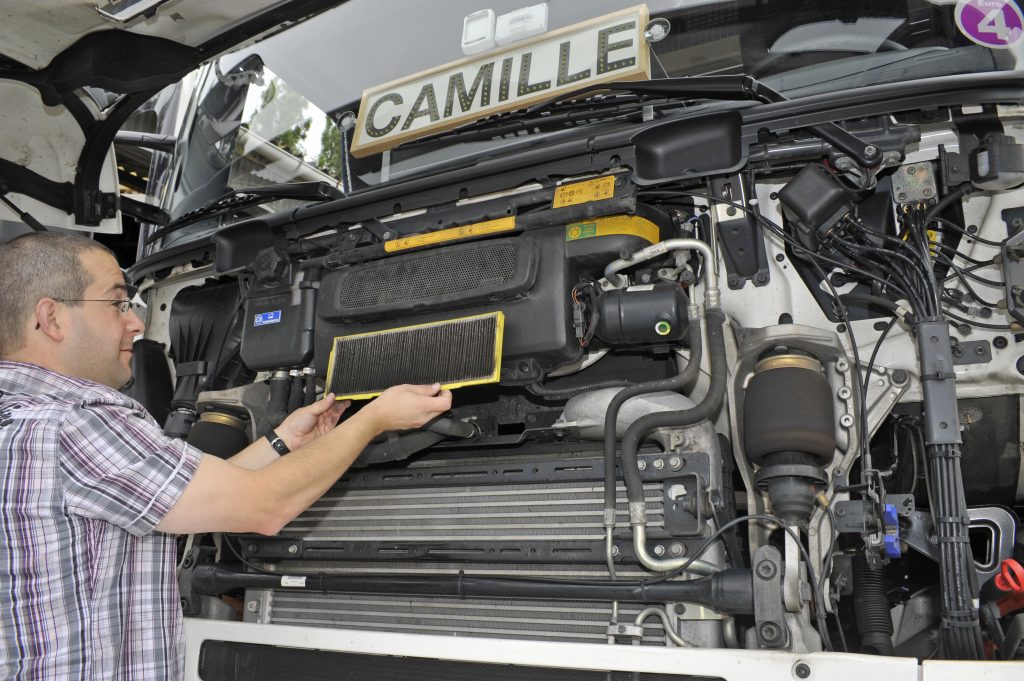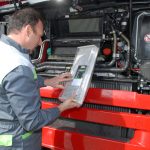The importance of cabin air filters should not be underestimated, as they protect occupants from small, yet dangerous particles. Valeo explains more.
The air conditioning system is exposed to large quantities of exhaust gases, soot, dust particles, pollen and allergens, as pollutants and particles must be trapped before air enters the cabin. The largest particles (leaves, insects, etc.) are captured by the air inlet grille, which has a mesh measuring a few millimeters and acts as a preliminary filter.
The smaller the particle size, the higher the risk for the occupants – particles smaller than 2.5μm are the most dangerous. A cabin filter is therefore built into the air conditioning system to trap those particles and protect occupants.
Key functions of the cabin air filter
1. Protection of the occupants of the vehicle by cleaning the air from particles, gas, allergens and pollution.
2. A/C system optimum functionality:
► Prevents from contamination of the heating and A/C system
► Ensures maximum performance
► Prevents the soiling of the windows for a better visibility
Filter location
The shape and the size of the filter depends on the HVAC architecture, it is located either:
1. In the air inlet before the blower
2. In the HVAC unit between blower and evaporator
Cabin air filter technologies
There are three types of technology:
1. Particle filter – PA
2. Combined filter – CA
3. Filter with polyphenol and active carbon (neutralising allergen) – PCA

Performance
Filter performance is defined in accordance with the following parameters:
1. Efficiency and dust holding capacity
Efficiency is the ratio of particles that are trapped during filtration process. Efficiency is specified for a defined particle size. In practice, cabin filters must be capable of trapping 100% of particles measuring 10μm in diameter, and between 10% and 30% of particles measuring 0.25μm in diameter. Dust holding capacity is the quantity of solid particles a filter can retain before a defined flow resistance is reached; a sign the filter needs to be changed.
2. Pressure drop
The difference in flow resistance upstream and downstream of the filter is related to the air flow resistance created by the filter; it is also known as “head loss”. Head loss depends on the filter soiling. Filters must ensure the lowest possible head loss to optimise the air conditioning system performance.
3. Gas absorption level
This feature is applicable to active carbon filters (CA and PCA), it reflects the amount of gas that is absorbed by the filter media. Cabin air filter design is a trade-off between the pressure drop and the dust holding capacity, in order to ensure the appropriate air flow in the cabin as well as an efficient filtration process. The service life of a filter corresponds to the maximum amount of particles before clogging occurs. Overall life will vary according to the usage conditions (surrounding pollution, frequent use of the A/C system, etc).

Installation
Installation instructions for Valeo filters are always included in the filter packaging. Advantages of this are the following:
► Locate the cabin air filter easily
► The Valeo method allows for optimal installation, saving time and money
► Avoid mistakes whilst installing (e.g. the wrong way round)









